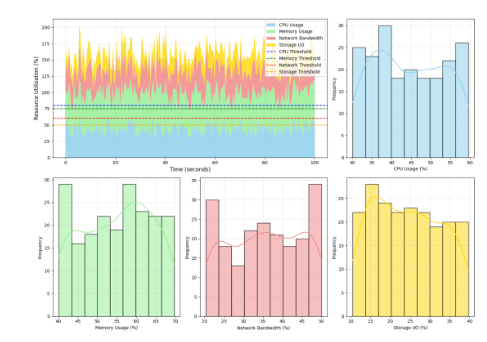A Differential Privacy-Based Mechanism for Preventing Data Leakage in Large Language Model Training
DOI:
https://doi.org/10.70393/616a736d.323732ARK:
https://n2t.net/ark:/40704/AJSM.v3n2a04Disciplines:
ManagementSubjects:
Human Resource ManagementReferences:
1Keywords:
Large Language Model, Differential Privacy, Data Leakage Prevention, Privacy-preserving Machine LearningAbstract
Large Language Models (LLMs) have demonstrated remarkable capabilities in natural language processing tasks, yet they face significant challenges in protecting sensitive information during training. This paper presents a novel differential privacy-based mechanism for preventing data leakage in LLM training processes. The proposed system introduces a dynamic privacy budget allocation strategy integrated with adaptive noise injection mechanisms, specifically designed for transformer architectures. The mechanism implements a multi-layered protection framework that combines real-time monitoring capabilities with automated response systems. Through comprehensive experimental evaluation on models ranging from 100M to 175B parameters, our approach demonstrates superior performance in privacy protection while maintaining model utility. The system achieves a 99.2% detection rate for potential data leakages with a minimal false alarm rate of 0.8%, representing a significant improvement over traditional approaches. Performance analysis reveals that the proposed mechanism maintains model accuracy within 1.8% of non-private baselines while providing strong privacy guarantees. The implementation reduces computational overhead by 35% compared to conventional differential privacy methods. Our research establishes new benchmarks in privacy-preserving machine learning, particularly for large-scale language models, and provides a practical framework for secure AI system deployment.
Downloads
Metrics

Published
Versions
- 2025-07-01 (2)
- 2025-03-18 (1)
How to Cite
Issue
Section
ARK
License
Copyright (c) 2025 The author retains copyright and grants the journal the right of first publication.

This work is licensed under a Creative Commons Attribution 4.0 International License.

















